With the recent coups in Mali and Burkina Faso, the Sahel has once again become the focus of global attention. Even before these events, instability and insecurity were on the rise in the Sahel, exacerbated not only by poverty, inequality, and marginalization, but also by the increased impacts of climate change. To better understand the interplay of climate change and instability, in a recent paper, we take a closer look at these factors in the West African countries of the Sahel: Mauritania, Senegal, Mali, Burkina Faso, Niger, and Chad.
The entire Sahel region stretches from the Atlantic Ocean on the west coast to the Red Sea on the east coast. Passing through the heart of Africa, the Sahel is an area with a population of around 100 million of the most underprivileged, marginalized, and poorest people in the world. Per capita income levels are lower than in other parts of Africa, and up to 80 percent of the population subsists on less than $2 per day. High unemployment, weak governance, political unrest, and threats from radical Islamist groups all contribute to regional instability.
Without downplaying the effects of poor governance in fueling conflict in the Sahel, we argue that climate change plays an amplifying role, by drying out livelihoods for the majority of people with a high dependence on natural resources, and therefore, triggering fighting over increasingly scarcer resources.
Climate change disasters in the Sahel are becoming more frequent
Exacerbating this situation is the region’s particular vulnerability to the impacts of climate change. Figure 1 shows the extent and rate of temperature rise in the selected countries. Indeed, experts predict that natural disasters—including desertification, drought, flood, and sea level rise—will be both more frequent and intense in coming years, threatening the availability of crucial natural resources.
Figure 1. Average annual temperatures in Sahelian countries
Source: KNMI, authors’ calculations.
These trends are particularly troubling in a region where people’s livelihoods and resilience are so heavily dependent on natural resources—especially since rising temperatures reduce both water resources and agricultural yields. Overall, climate change could cost Africa a loss of agricultural output between 17 to 28 percent, versus 3 to 16 percent at the global level; a consequence of this loss of output will be to further put food security at risk.
Violence in the Sahel is also on the rise
In parallel with rising temperatures and erratic rainfall, incidences of violence have recently been increasing in the Sahel. In fact, there is strong evidence that climate change, which is drying up sources of livelihoods, also fuels conflict: For example, a 2004 study found that a 1 degree Celsius increase yields an increase in civil war incidences by 4.5 percent.
Figure 2. Evolution of conflicts in the Sahel, 1997-2019
Source: ACLED, and authors’ calculations.
The case of Mali
Mali offers an excellent illustration of the complex nexus between climate change, livelihoods, and conflict in the Sahel. Since the beginning of the 2000s, this country, which has been hit hard by climate change, has also experienced several types of violence, including riots in major cities, communal violence, jihadist insurgency, and military coup.
In Mali’s Niger River Delta, for example, farmers, herders, and fishermen have long coexisted and local institutions had historically mediated conflicts between them; sources of livelihoods are tied to ethnicity. The Muslim Fulani and Tuareg tend to be pastoralists, while the animist Songhai and Bambara tend to be agriculturalists.
The patterns of communal conflicts in Mali illustrate how ethnic and religious factors, along with government failure, interact with climate change to drive disputes. One such example stems from the Niger River, which supports intense agricultural activity on the part of both farmers and herders. While the farmers cultivate rice, the herders grow burgu, a fodder crop for cattle used to feed herds during the dry season. Burgu grows in deeper water than rice, and during dry periods—which are increasingly frequent due to climate change—rice farmers often encroach on burgu fields, leading to communal conflicts between pastoralists and farmers.
Since the 1950s, a quarter of burgu fields have been converted to rice fields (Kouyaté, 2006) due to the decrease in rainfall in the area. Displacement of agricultural activities to encroach burgu’s fields and related pastoralist resistance to protect their livelihoods, perfectly illustrate how water scarcity triggered by climate change can fuel conflicts. In the absence of strong institutions to mediate such disputes, in recent years, the Fulani and the Tuareg have been increasingly joining the jihadist insurrection in northern Mali. This is the result of two intertwined factors: alleged government discrimination against these ethnic groups and conflicts over water resources that have been exacerbated by climate change. In this regard, it is worth noting that Ahmadou Koufa, the head of the MUJAO, is Fulani, while Iyad Ag Ghali, the head of Ansar Dine, is Tuareg. In this context, Jihadist attacks lead to retaliation from the Bambara and Songhai agriculturalists, setting off a vicious cycle of intolerance and violence.
Conclusion
The relationship between climate change and conflict is the source of a great deal of controversy in the literature. While some authors see climate-induced scarcity as leading to fighting over resources, a growing body of empirical evidence points more decidedly to the role of institutional failures in conflict. In our paper, we use the Sahel as a case study showing that conflict has many interconnected factors, including state failure, demographics, and rent-seeking behaviors. By generating increased scarcity, climate change is further compounding these factors in a context where there are few alternative options to address food insecurity and support livelihoods besides natural resources. Therefore, adaptation to climate change should be central to policy that seeks to mitigate conflict in the Sahel.


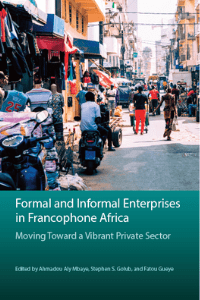
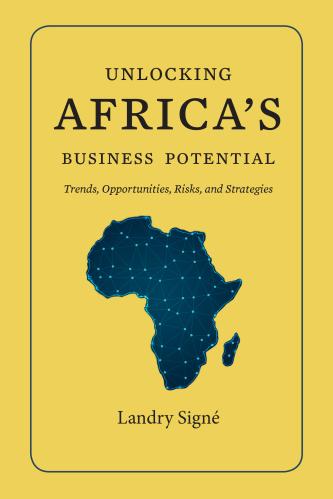
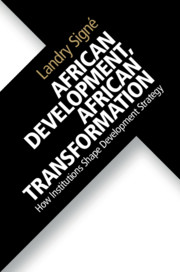
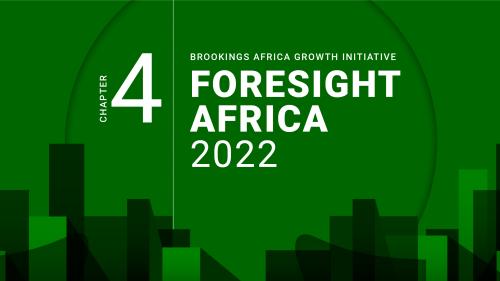
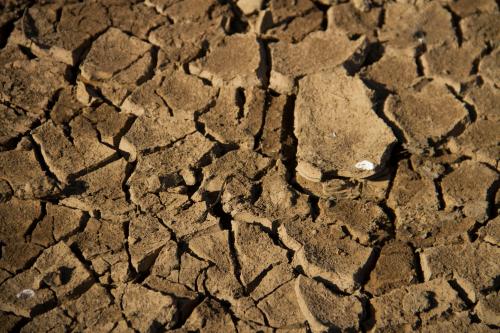





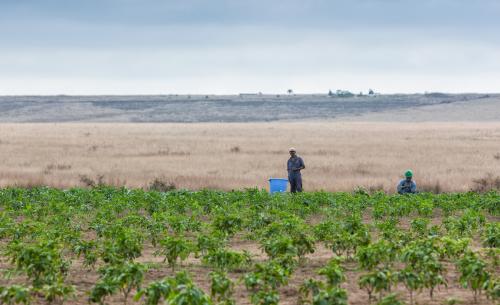
Commentary
Political turmoil in the Sahel: Does climate change play a role?
March 11, 2022